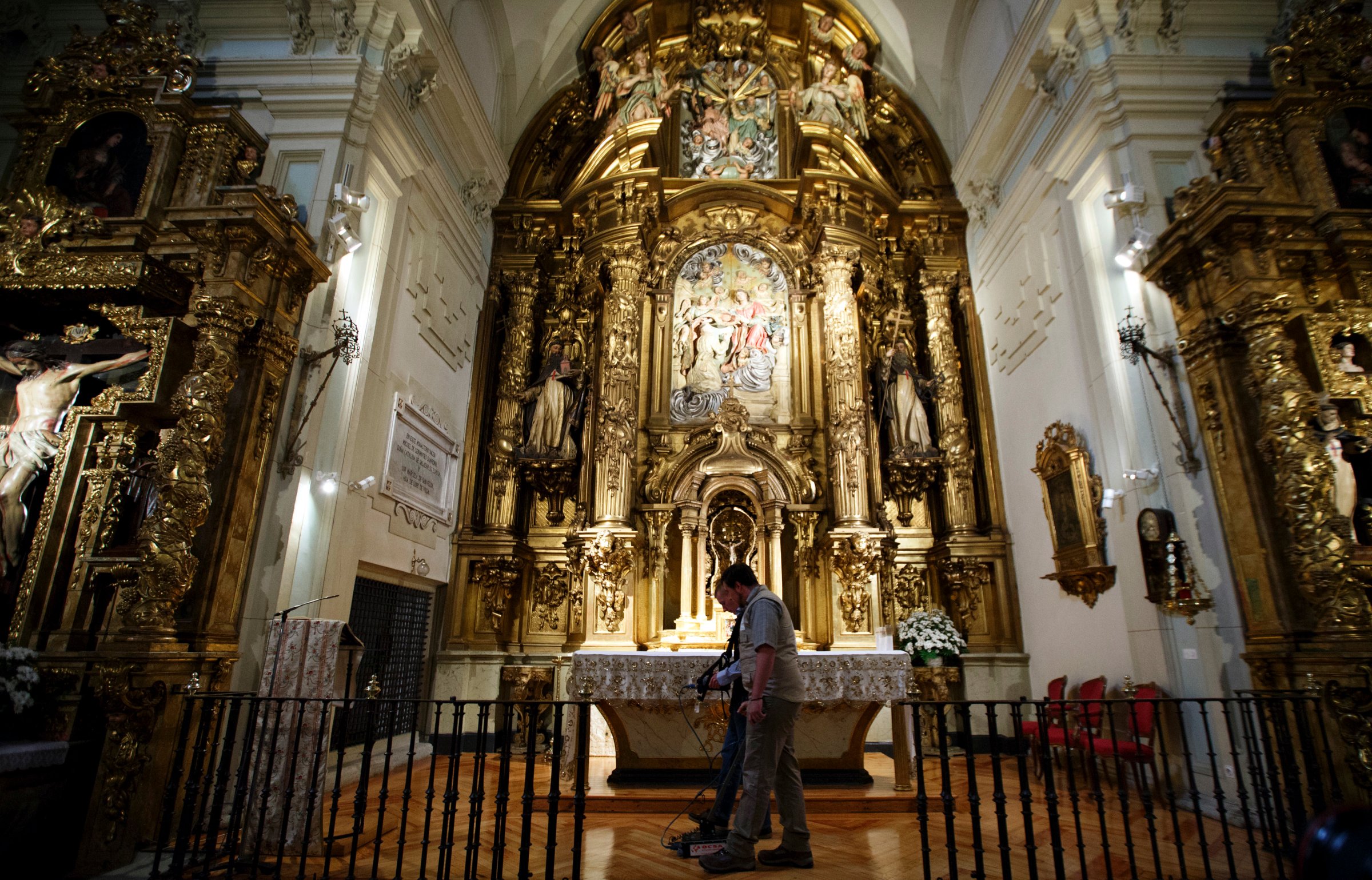
When Miguel de Cervantes, the Spanish writer best known for penning Don Quixote, died in April 1616, he was buried at a Trinitarian convent in Madrid.
For centuries, that’s all we really knew. The exact location of his remains was poorly documented and thus forgotten; it was long assumed that what was left of one of modern literature’s first great writers had been lost for good.
On Monday, however, researchers said they had identified a handful of locations in a Madrid church where Cervantes may have been buried — although they were quick to rein in their optimism.
“We don’t want to generate false hopes,” forensic anthropologist Francisco Etxeberria, the project’s leader, said at a news conference, according to an AFP report. “I don’t know if we are going to find him … We are talking about a universal figure, we want to do things without any rush, seriously.”
The Convent of the Barefoot Trinitarians, where Cervantes’ bones are suspected to lie, has been renovated several times over the centuries, meaning any remains once buried there may have been misplaced. The excavation process, BBC reports, will require several months of effort.
The city of Madrid will fund the next phase of the project, which first began in April, Mayor Ana Botella told reporters at the news conference.
More Must-Reads from TIME
- Why Trump’s Message Worked on Latino Men
- What Trump’s Win Could Mean for Housing
- The 100 Must-Read Books of 2024
- Sleep Doctors Share the 1 Tip That’s Changed Their Lives
- Column: Let’s Bring Back Romance
- What It’s Like to Have Long COVID As a Kid
- FX’s Say Nothing Is the Must-Watch Political Thriller of 2024
- Merle Bombardieri Is Helping People Make the Baby Decision
Contact us at letters@time.com